Turkana County
Introduction
It is a county in the former Rift Valley Province. It is the second largest after Marsabit County and the north-western most county in Kenya. It is in the borders the countries of Uganda to the west, South Sudan and Ethiopia to the north and northeast, Lake Turkana to the east.
To the south and east, neighboring counties in Kenya are West Pokot, Baringo and Samburu Counties, while Marsabit County is located on the opposite (i.e. eastern) shore of Lake Turkana.
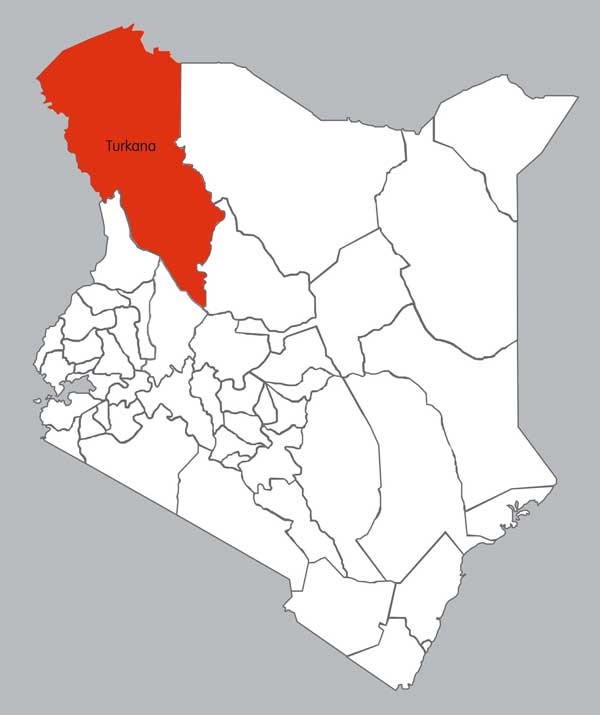
Constituencies
Turkana county constitutes six constituencies as follows
- Turkana North Constituency
- Turkana East Constituency
- Turkana South Constituency
- Turkana Central Constituency
- Loima Constituency
- Turkana West Constituency
The main physical features
Rivers
- Omo River
- Kerio River
- Turkwel River
Lakes
Mountains
- Mt.Kulal
- Namurunu
- Barrier Volcano
Hills
- Loima hills
- Nabwal Hills
- Jarigole Hills
- Kakurotom hills
- The Ngapoi Hills
Plains
- The Lotakipi Plains
- Todonyang plains
Valleys
- Suguta Valley
- Turkana Valley
Importance of the physical features
- They are tourist attraction hence a major source of income to the county.
- Lake Turkana helps in domestic use.
- Agriculture is carried out along the rivers banks.
- Fishing is carried out in the lake.
The main types of natural vegetation
Forest vegetation
- Woodland vegetation
- Desert Vegetation
- Savanah grassland of the Lotikipi Plains
Importance of the vegetation
- They help in regulating atmospheric temperature
- The region topography is responsible for the climate of the area.
- Source of food to their livestock
Map of distribution of the physical features.
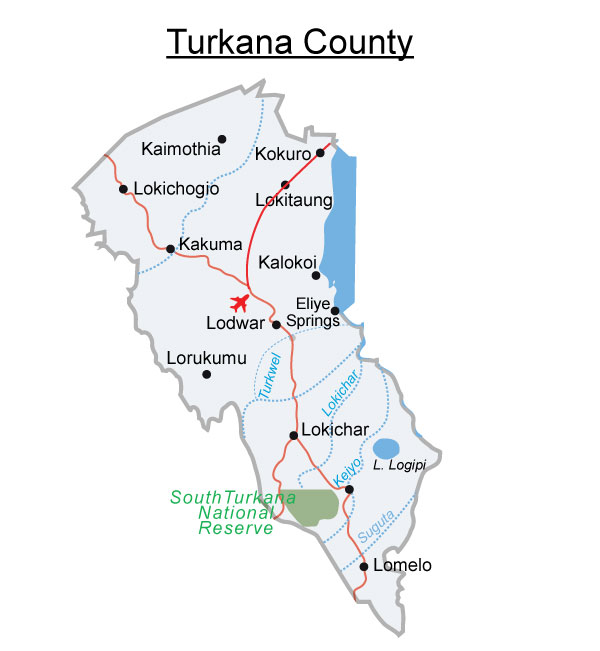
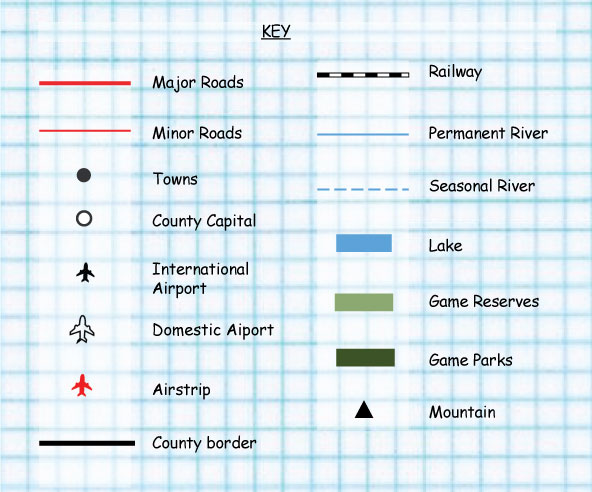
People and population
Language groups
- The dominant language groups in the county are the Pokot and the Samburu
Areas of high population density
- Lodwar town is the town with the highest population
Areas of low population density
- Turkana east constituency has the least population
Social relations and economic activities
Traditional way of life of the people
Food
- The solemnly rely on farming and their cattle for food. They are known for drinking cattle
Dressing
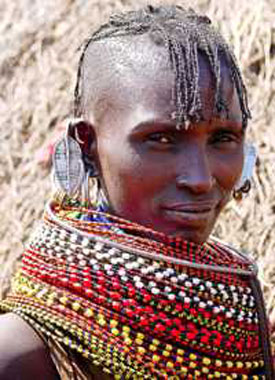
- The Turkana culture is vivified by a unique wealth of dresses, hairstyles, jewelry, sayings, tales, songs, craftsmanship and knowledge. http://www.visitturkanaland.com/wp-content/uploads/2014/03/Fiebig-Turkana-7687.jpg
Songs and dances
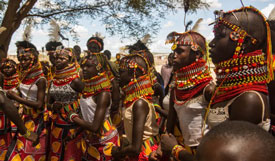
- Horn shapes are praised and imitated in song and dance. Animals are socialized through manipulation of horns, ears, testicles and hair colour, and ear 'clipping' according to brand, with the exception of kudu horns which are blown on special occasions such as the Eunoto ceremony - there are no instruments at all. The guttural sound of the warriors is mostly internalized, and is a play on vibrations - the vibrations work more on the singer and his immediate neighbors than on a static audience
Ceremonies
Naming was done mainly considering seasons. Children born during different seasons had different names. Naming was also considered the family name or the father’s name.
Like the Luo tribe and the Teso, the Turkana tribe does not practice male circumcision. They also do not hold any special initiation rituals to mark the transition to manhood.
Festivals
In the Turkana community the men were responsible for harvest. But also the Turkana woman came to help the men and bringing them wild fruits gathered from the forest. After the harvest they organized a ceremony which could go on with or without the presence of the Turkana women.
It was an important tool among the Turkana people .It was used to mark major events like harvest, marriage, birth, and war. They had special
Resources and economic activities
Agriculture
The main cash crops and food crops grown. The following picture shows the Turkana women in the farm.
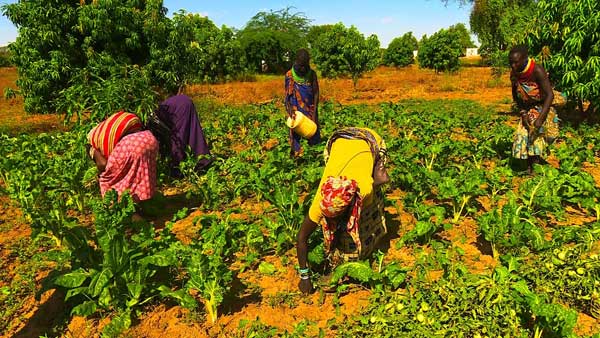
Major agricultural products are tea, coffee, horticulture, maize, wheat, sugarcane, cotton, sisal, pyre thrum and cashew nuts
The areas where the cash crops are grown
- Nabwal Hills and Jarigole Hills
- Lodwar
Types of livestock kept
- The Turkana are nomadic pastoralists who mainly keep cattle, donkeys, camels and goats. The animals are their main source of food and wealth.
Fishing
Areas where fishing is practiced
- This economic activity is conducted in Lake Turkana
Forestry
The major forests
Wildlife and Tourism
The type’s of wildlife
- Turkana Land is a wide and a wild country, where to the south, especially within the South Turkana National Reserve, elephant, leopard, Oryx antelope, gazelle, warthog as well as an exceptionally high number of Kori bustard roam hundreds of species of birds
The game parks and reserves
- Turkana National Reserve
- Central island national park
Major tourist attractions
- Eliye Springs Beach
- Lake Turkana
- Namarunu
Industries
Traditional industries and products
- Farming the products mainly were animal product like milk meat and blood
Trade
Major trading centers
- Lodwar town is the main trading center





